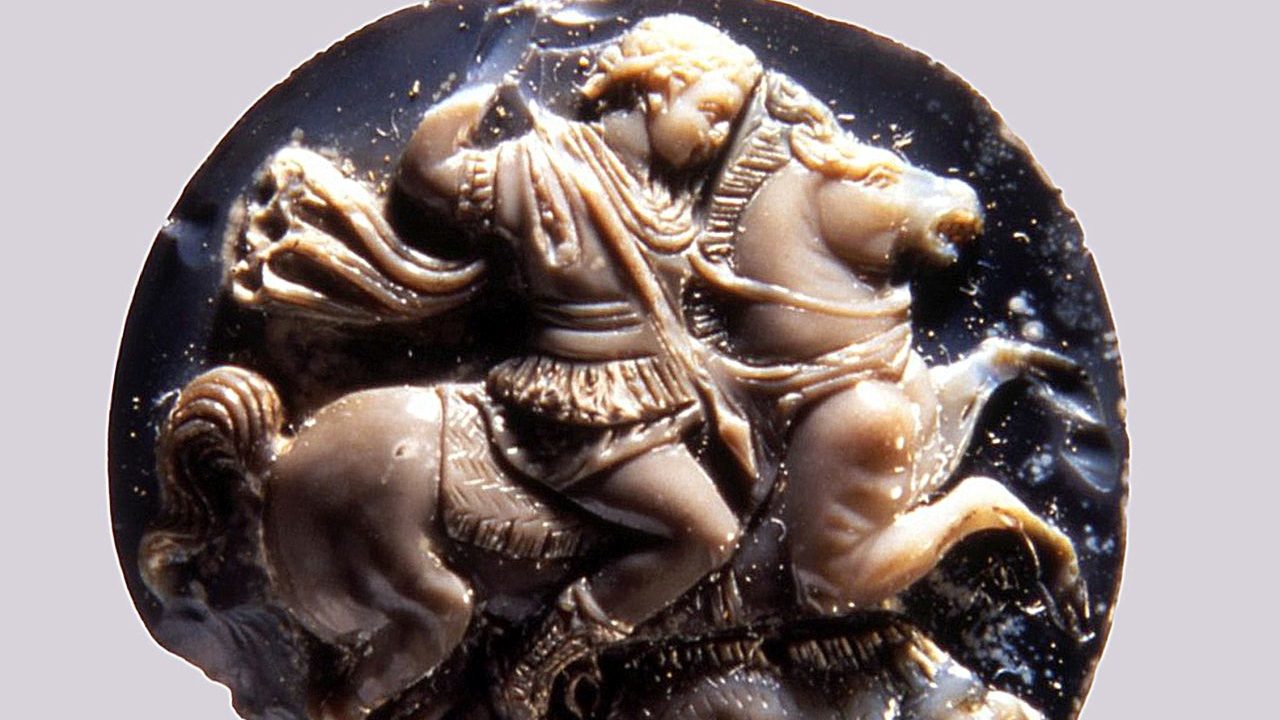A new book by the French novelist Maylis de Kerangal is always an event of note, especially when it’s translated by her regular collaborator, Jessica Moore. When a new book by de Kerangal translated by Jessica Moore lands on the mat during Women in Translation Month, it’s clear that somewhere up above the thick blanket of summer cloud the stars are aligning.
It is notoriously difficult to define what makes a good translation. For one thing, reading a translated novel implies your familiarity with the original language is not enough to make a valid comparison anyway, and if you are able to read both the original and the translation… why on earth would you?
The continuing partnership between de Kerangal and Moore is as reliable an indicator of quality as any. Canoes, de Kerangal’s new book and first short story collection, is her fifth collaboration with the Canadian poet and songwriter. De Kerangal is a writer renowned for her singular prose style of long poetic sentences, as well as being a writer who takes a keen approving interest in her literary translations, describing them as like “hearing a familiar tune on a different instrument”.
“I have a strong conviction: I consider the translator as a writer, an author,” she said in a 2015 conversation with Moore. “I always have the feeling of being a translator myself who is translating French into another language: the French of my books. All this nomadism of texts, the movement from one language to another, I find it so stimulating and rich.”
De Kerangal, based in Paris but originally from Le Havre, remains best known for her 2013 novel Réparer les vivants, translated into English by Moore in 2016 as Mend the Living, which charts 24 hours between the death of a 19-year-old surfer and the transplantation of his heart into a middle-aged woman, told through the experiences of those most directly affected.
The character who receives the heart in Mend the Living is a literary translator. “For me she couldn’t have been anything but a translator, because translators keep within their language room for another,” said de Kerangal. “They give hospitality to other languages.”
In 2021, de Kerangal’s Un monde à portée de main from 2018 was published in Moore’s English translation as Painting Time, a wonderful novel that followed intense artist Paula Karst through her training as a trompe l’oeil specialist, a skill designed “to make us see at the same time it obscures” and in de Kerangal’s skilled hands a parallel for her character’s personal life as well as a philosophical dive into the roots of humanity itself.
When Karst takes on the job of copying the palaeolithic paintings discovered in the caves of Lascaux, it allows de Kerangal to explore the concept of deep time in the history of the world, a theme that also dominates her new collection Canoes.
Occupying a hinterland between novel and short story collection, the eight stories here are all told in the first person by a woman’s voice. Every narrator is an outsider tinged with loneliness and melancholy in tales that strip back humanity to its beginnings and, in some cases, to its bones.
De Kerangal notes in an afterword that the book has a strong focus on mouths, having begun the book at the start of the pandemic when “mouths abruptly disappeared under masks and voices became filtered, obstructed, veiled”.
Indeed, the first story, Bivouac, opens with the narrator, another translator, in a Parisian dentist’s chair having impressions taken by a dentist thrilled by the recent discovery of a palaeolithic human jawbone in the 15th arrondissement. A picture on her phone reveals “a jaw, a bone that still had four molars in their sockets… Good teeth, even if worn”. For the narrator, however, the location of the find calls to mind an area of the city familiar to her from a childhood visit to a friend of her mother’s, a three-day stay in her early teens she identifies as when she officially grew up.
This link to the past, both personal and on a wider human level, is what fires de Kerangal’s prose to remarkable heights here. In Nevermore the narrator is called in by the eccentric Klang sisters, who are undertaking a massive sonic artwork of voice recordings, to read the eponymous story by Edgar Allan Poe. Nervous in front of the famous pair, she “read as though I was afraid, an archaic fear, issued from the age of caves when the human ear was formed”.
In Mustang, the longest of the stories, her protagonist has moved from France to Colorado with her academic husband and sees her son looking up at the night sky where “his eyes reflected the first stars”, while in After an outdoor party to mark the high school graduation of a group of friends turns into a scene from the dawn of humanity itself. The group sits around the dying fire screaming primally, reaching back in the darkness to a distant genetic memory as they sit at the dawn of their adult lives.
The present is always ambiguous in these stories. A Light Bird is a heartbreaking portrait of a man who cannot bring himself to erase his late wife’s voice from the household answering machine even five years after her death. He can still picture her making the recording that ensures her voice remains preserved as a different present, a fleeting moment inconsequential at the time but which represents something enormous about time itself, that encourages “links between the living and the dead, beyond cemeteries, beyond urns forgotten in the shadows of alcoves, beyond anniversaries and frames that hold photographs of the dead on the walls of houses, in plain view of everyone”.
Canoes is also a book of turning points. In After, a graduating student returns to her bedroom and realises that it suddenly feels like “the room of the girl I never was, the girl I had ceased to be”. In Mountain Streams and Iron Filings, two old friends meet for the first time in years, sensing an awkwardness nurtured in the time in between. Sitting down over cocktails they “skated over a sham of platitudes, nonchalant small talk with the sole function, we both knew it, of acting like a guy rope on the situation, putting off the moment when we would finally talk”.
Voices, and the comfort even just the familiar sound of a loved one’s tones can bring, underpin these stories. Most alarmingly for the narrator of Mountain Streams and Iron Filings, her friend has changed the way she speaks, employing a voice coach to lower her pitch as part of her ambition to become a radio presenter. This, more than anything, serves as evidence of their fracturing friendship, a voice suddenly unfamiliar emerging from the same friend who unforgettably sang folk songs in her clear, high voice while camping beneath the stars one night many years earlier.
In Mustang, the unsettled Colorado-based narrator also notices her partner’s voice changing as he spends more and more time with new American friends and colleagues, his voice “progressively converging towards theirs” until it “blurs his whole person”.
More than anything, it is the deep immersion in time that draws the reader into this beautiful collection of stories. In her previous books de Kerangal has seen time as a limitation, a deadline even, the race to transplant the heart in Mend the Living and the ever-delayed construction of a bridge in her first novel to be translated into English, 2014’s Birth of a Bridge, for example. Here she luxuriates in the deep layers of time on which Canoes is constructed, unfurling long and sweeping sentences that grow and meander into individual, multi-layered explorations of humanity.
The grieving widower listening to his wife’s voice on the answering machine describes how “like a light bird Rose’s voice moved through the room, brushing against walls, windows, shelves; it expanded into the space, conserving enough energy towards the end of the recording to produce a curious vibration, as though it were growing distant without being erased, diminishing without disappearing completely – the mysterious remanence of a fade-out”.
It’s in such wandering phrases that Moore’s translation really comes into its own, her poet’s grasp of the sound of words and musician’s sense of rhythm leading the English language reader through de Kerangal’s prose, to spellbinding effect.
We are in a golden age of translated literature, and Women in Translation Month provides the perfect platform to appreciate and acknowledge this. The arrival of Canoes is the best way possible to mark the beginning of WiT month’s 10th year: an author and translator working in perfect tandem built on mutual understanding.
As the Klang sisters assure the narrator of Nevermore, “You’ll see it when you read it, you’ll let yourself be surprised – that’s the only way to get in touch with this living matter that is language.”




